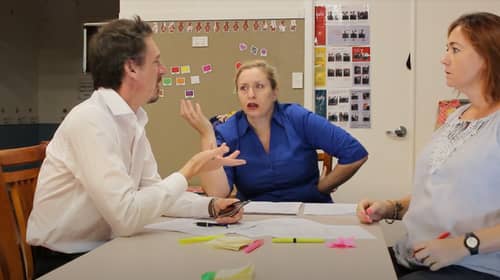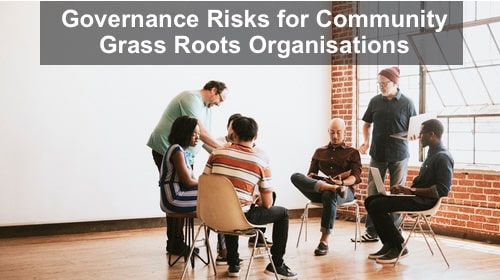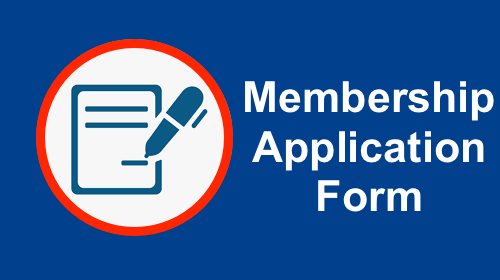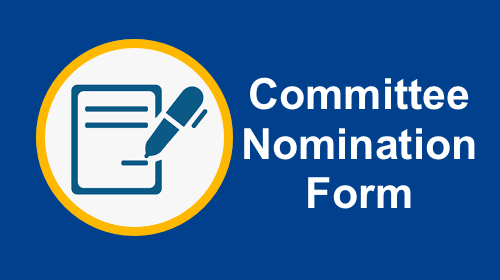Organisational Structure
Understand and explore the governance and management structure of organisations.
Authored by: iClick2Learn Team
Translate Text
– Okay, so let’s look at the structure of a nonprofit organisation. And, you know, to some degree, there are a lot of similarities between nonprofits and corporates in how they’re actually structured. Probably a note here is that there’s a very big difference between organisations that are resourced and have staff and organisations like many of the event committees, for example, where there is simply just a committee and they are the whole organisation. So the example I’m using is a well-resourced organisation. So some of these may not apply, but it’s better than putting up a simple example where there are some gaps for many of you. So, why does an organisation exist? It exists, obviously, because it’s there to deliver a purpose. But ultimately it’s there because it has a member base of people that want that organisation to exist. Now, membership can be just the board, it could be four, you know, you need a minimum of three, for example, in New south Wales, three directors, five directors for some legislation, so, you know, it could be seven people who are just board members, and they’re the only legal members of the organisation. Or you could have everybody in your local government area is a member, or you have a paid membership structure, and perhaps you’re a nonprofit daycare centre and all of your parents are members of the organisation. There’s no right or wrong here. There are general rules and guidelines, but it’s what works best for your organisation. So what happens every year is we have an annual general meeting, and those members using their voting powers, they then vote in the board. And what they do is they actually transfer or what we call delegate, they delegate the powers, the governing powers of the organisation to the board. So they assign these people, I’m giving the power as a member for these people to govern the organisation and to run that organisation with the best interest of the organisation at heart and for proper purpose. So just some legal terms we’re using there which we’ll explain in, if you’re interested in the subject, you can explore further. So they vote in a board, and the board naturally has an executive committee. Now the executive committee are primarily what we call position holders. So that’s the president, the vice president, you might use chair and vice chair, the secretary and the treasurer, and they’re really the position holders. Now, obviously the other members are, they may be appointed based on the skillset, they may be appointed as a representative so you might have a council representative on board, but in the eyes of, in terms of legislation, the regulator, it’s the position holders. If it’s a Commonwealth legislation, let’s just say the Corporations Act, it would be company secretary, but just take care because some of those position holders also delegate some authority for the running of some of their positions if they’re resourced to the CEO or to the head honcho of the organisation, it might even be a coordinator in your group. So, they vote in an executive and the executive of the position holders. Now, depends on how you run your idea, there’s couple of different ways to run up, there’s no right or wrong. In this case, we’re saying the executive make part of the board, and of course we have a chair person or a president, if you use that term. So, really that’s where governance stops, okay? So that’s really governance. Governance, these key positions. Our CEO of course influences this and is involved in the governing of the organisation, but this is operational, this is the operational side of the organisation. So we have our CEO, our chief executive officer, our executive officer, our coordinator, our manager, whatever term you use to describe the head person. For some of you, you don’t have this next line up, all you have are the volunteers, but for others, you will have those layers. So CEO, who then oversees and manages senior staff, who may oversee and manage volunteers and other staff. So that’s really, if we looked at these, this is really the layer of accountability and responsibility in terms of a nonprofit organisation. So there are a couple of things I just want to make a note on. Do you have some subcommittees? Now, for some of you, you may not use the term sub, you might just say committees, that’s fine, those organisations that traditionally would call themselves a committee, not a board. So of course, if they’re a committee, then any other the committee of the committee is a subcommittee, just to get you confused there . So here’s an example of some of the subcommittees. Now I’m not saying go out and create another meeting for the purposes of having another meeting, no, not at all. For small groups, you might necessarily need to take those steps. Committees should be for a reason or a season, and that’s it. What I’m talking about with a reason, let’s just say, for example, we’re a large local medical service, and, you know, we’ve got quite a few million dollars in income and revenue coming in, we need a higher degree of financial oversight. So what we’re going to do is we’re going to have a finance subcommittee, and that is quite a will adopted subcommittee or committee that a lot of nonprofits have. It just, you know, make sure we underpin that valuable risk area with some detailed oversight. And the other one may be human resources. Now, human resources doesn’t have to be a committee that continues on, it could just be established for a season, and I’ll give you an example. Let’s just say, in this case, the executive committee sit on the human resources subcommittee, or executive of the board sit on the human resources committee, but they actually only make when it’s required to do so. So perhaps their CEO has given notice, so of course they’re going to make, they’re there for a season. There’s a period of time where something needs to be addressed. So that’s an example. Risk and audit, another common one and governance is another common one on some of the larger organisations. So that’s just giving you an overview of how nonprofit organisations are structured, some lines of accountability, there’s obviously a lot more information for you to know than that, but it’s a good start.





























